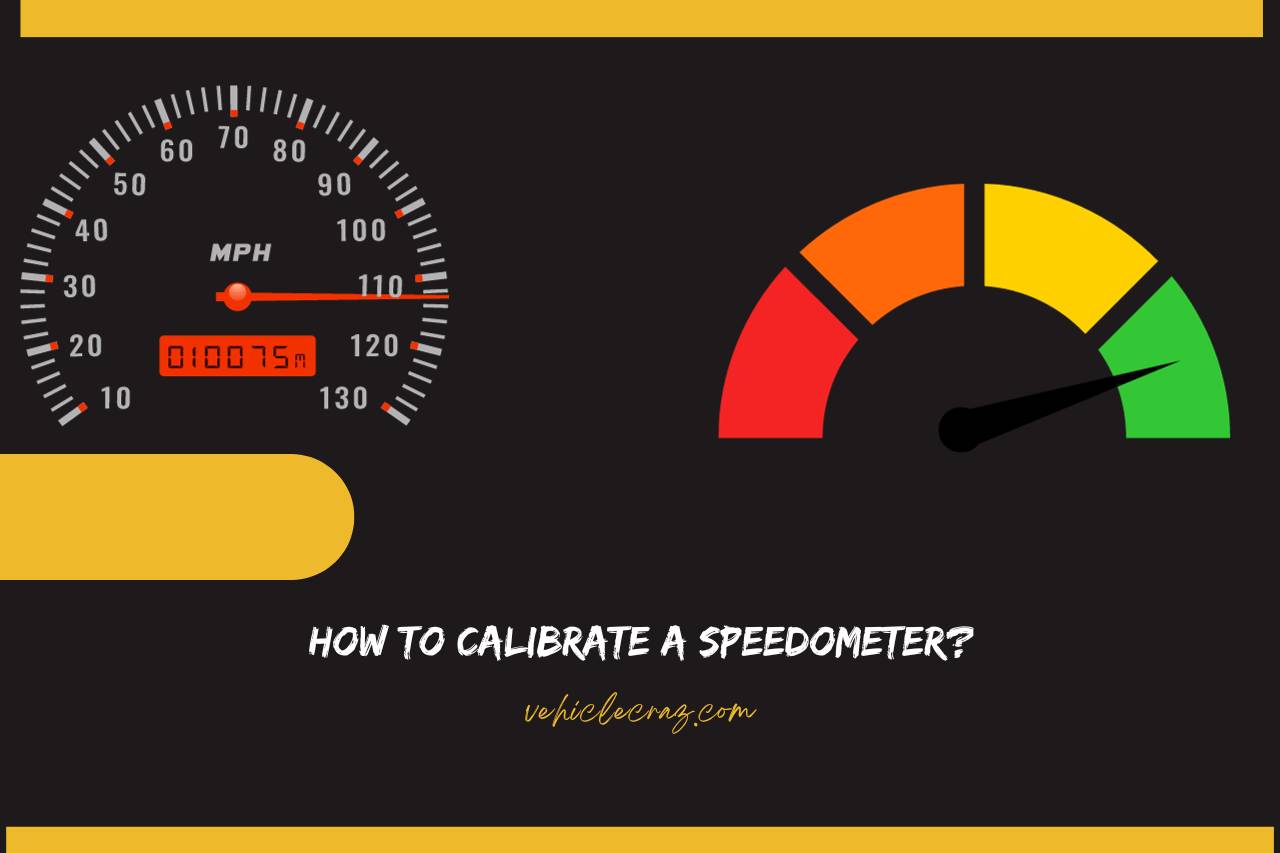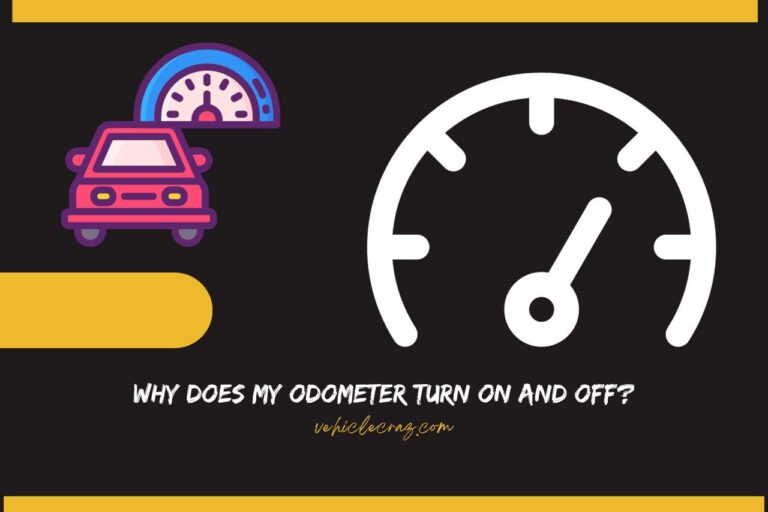How to Calibrate a Speedometer? Why Is It Important?
In our guide on “How to Calibrate a Speedometer,” we unravel the complexities of ensuring accuracy for safe and lawful driving. From understanding calibration’s significance to recognizing when your speedometer needs a tune-up, we cover it all. Join us as we provide knowledge and tools to keep your readings accurate, emphasizing the fundamental role of precision in vehicle maintenance.
What Does It Mean to Calibrate a Speedometer?
Calibrating a speedometer is a process of fine-tuning the instrument to reflect the true speed of a vehicle. Modifications, wear and tear, or routine checks can necessitate calibration. This adjustment ensures that the speedometer aligns with the actual speed the vehicle is traveling.
The process typically involves altering the settings or replacing components to eliminate discrepancies between the speedometer reading and the true speed. Calibrating a speedometer is crucial for safe and lawful driving, as an accurately calibrated instrument contributes to precise and reliable speed readings, promoting adherence to traffic laws and overall vehicle maintenance.
Why is Calibrating the Speedometer Important?
Calibrating the speedometer is important due to several reasons.
Ensuring Legal Compliance
Calibrating the speedometer is vital to comply with traffic laws. A properly calibrated speedometer helps drivers adhere to speed limits, avoiding legal consequences.
Enhancing Safety
Accurate speed readings contribute to safer driving experiences. Calibration ensures that drivers are aware of their actual speed, reducing the risk of accidents and promoting overall road safety.
Preserving Vehicle Integrity
Calibrating the speedometer helps preserve the integrity of the vehicle. It ensures that the instrument operates optimally, minimizing wear and tear on other components connected to speed measurement.
Optimizing Performance
A calibrated speedometer enhances overall vehicle performance. It facilitates precise control, particularly in situations requiring accurate speed adjustments, such as during turns or on varying road conditions.
Improving Fuel Efficiency
An accurately calibrated speedometer aids in optimizing fuel efficiency. Drivers can maintain a consistent speed, reducing fuel consumption and promoting economical driving habits.
How to Know If Your Speedometer Needs Calibration?
Determining whether your speedometer needs calibration involves identifying discrepancies between its readings and your actual vehicle speed. Several methods can assess the accuracy of your speedometer. Here are a few.
GPS Comparison
Utilize a reliable GPS device to check your actual speed. Drive at a constant speed and compare the GPS reading with your speedometer. A significant and consistent difference indicates the need for calibration.
Measured Mile Test
Locate a road with a known distance, typically marked by road authorities. Drive at a steady speed over this distance and compare your vehicle’s odometer reading to the known distance.
Professional Diagnostic Test
Automotive service centers can conduct diagnostic tests to assess your speedometer’s accuracy, especially beneficial for vehicles with electronic speedometers.
Observing Speedometer Behavior
Pay attention to your speedometer’s behavior. If it’s erratic, jumping, or displaying implausible speeds, calibration may be necessary.
Post-Vehicle Modification
After changing tire sizes, modifying the transmission, or making other alterations that could impact speed readings, it’s wise to check your speedometer calibration.
How to Calibrate a Speedometer?
Here’s our guide on how to calibrate a speedometer:
1. Identify Discrepancies: Recognize the need for calibration if you consistently observe differences between your speedometer readings and external references such as GPS devices or speed limit signs.
2. GPS Comparison: Use a reliable GPS device to check your actual speed. Drive at a constant speed and compare the GPS reading with your speedometer. A significant and consistent difference indicates the need for calibration.
3. Measured Mile Test: Locate a road with a known distance, often marked by road authorities. Drive at a steady speed over this distance and compare your vehicle’s odometer reading to the known distance.
4. Professional Diagnostic Test: Visit an automotive service center for a diagnostic test, especially if your vehicle has electronic speedometers. Professionals can assess and recalibrate your speedometer accurately.
5. Observe Speedometer Behavior: Pay attention to erratic or implausible behavior in your speedometer. If it jumps or displays inconsistent speeds, calibration may be necessary.
6. Post-Modification Check: After making changes that could affect speed readings, such as modifying tire sizes or the transmission, check and recalibrate your speedometer to maintain accuracy.
Watch this one,
Video Credits – Auto Expert John Cadogan
You May Also Like
- Does Speedometer Measure Average Speed? Exploring Speedometer!
- Can you Add a Digital Speedometer to a Car? (Step-by-Step)
- How to Remove Scratches from Speedometer Lens? Practical How-To!
- Which Fuse Controls the Speedometer? Start with the Fuse Box!
- How to Tell If My Car Speedometer is Accurate? Tips to Test!
- Speedometer Not Working – Troubleshooting Your Car!
- Does ABS Sensor Affect Speedometer? Exploring the Connection!
- Why is My Speedometer Jumping? Solving the Mystery!
- Does Tire Size Affect Speedometer? Expert Insights!


I’m Alex, a seasoned mechanical teacher with over 20 years of hands-on experience in Australia. My passion for all things automotive has driven me to establish this blog, aiming to share my wealth of knowledge and expertise with fellow enthusiasts, DIYers, and anyone keen on understanding the mechanics behind the machines we rely on daily.






![Does Tire Size Affect Speedometer? [Myths Busted]](https://vehiclecraz.com/wp-content/uploads/2023/11/ElecdiaryPresspallettevehiclecraz-33-768x512.jpg)
